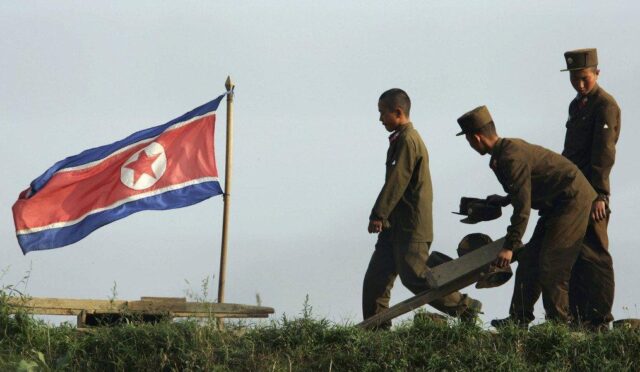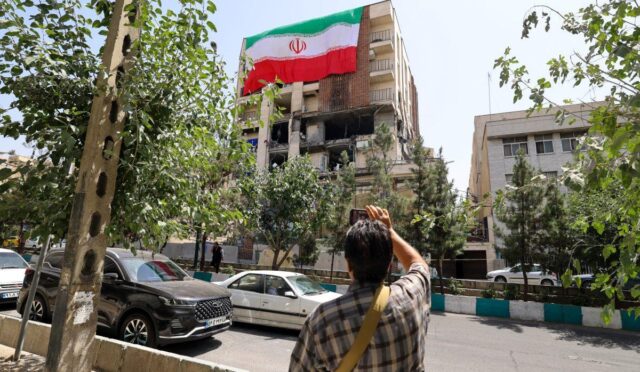Gaza Humanitarian Crisis: Impact of Israel’s Military Offensive
On Wednesday, Israel declared a significant escalation in its military offensive in Gaza, announcing that around 30 percent of the territory has been designated as a buffer zone. This announcement came alongside a commitment to maintain the blockade on humanitarian aid entering the region, which has been in turmoil since hostilities resumed following a two-month ceasefire that ended on March 18.
Prime Minister Benjamin Netanyahu urged security officials and negotiators to intensify efforts aimed at securing the release of hostages taken by Hamas during their attacks. The renewed air and ground assaults have since triggered a massive displacement crisis, with the United Nations estimating that approximately 500,000 Palestinians have been forced from their homes, marking a dire humanitarian situation.
Military Operations and Humanitarian Fallout
The Israeli Defense Forces reported achieving full operational control over various critical regions within Gaza, asserting that significant military gains have been accomplished since the recommencement of hostilities. According to military sources, about 30 percent of Gaza’s territory is now classified as an Operational Security Perimeter, with airstrikes having targeted approximately 1,200 sites identified as terrorism-related.
Moreover, Defense Minister Israel Katz emphasized that the military is leaving Gaza ‘smaller and more isolated’ while maintaining that pressure on Hamas is essential to secure the release of 58 hostages still held. As the military intensifies its operations, concerns regarding the humanitarian implications grow, with international organizations warning of severe consequences for the civilian population.
Hostage Negotiations Amidst Ongoing Conflict
This week, the Palestinian militant group Islamic Jihad shared a video featuring an Israeli-German hostage making a heartfelt appeal for his release to both Israeli authorities and U.S. President Biden. Identified as Rom Braslavski, the hostage was reportedly abducted during the Hamas assault on the Nova music festival.
In parallel to the military operations, Hamas has signaled that Israel proposed a new 45-day ceasefire, conditional on the release of hostages. The prospect of peace talks raises questions as Netanyahu meets with negotiators to discuss the ongoing hostage crisis, although Hamas insists that matters regarding disarmament will not be a point of negotiation.
Aid Blockade and Its Consequences
Katz also reiterated Israel’s decision to maintain its blockade on humanitarian aid into Gaza, further exacerbating the plight of its 2.4 million residents. Since halting the entry of assistance on March 2, the humanitarian crisis has deepened substantially. Katz claimed that restricting aid is a strategy to prevent Hamas from exploiting it against the population.
Humanitarian organizations, including Doctors Without Borders, have condemned the situation, describing Gaza as a ‘graveyard’ for civilians and aid workers alike. As conditions worsen, the demand for aid continues to rise amidst critical shortages, leaving the civilian population vulnerable and in desperate need of support.
Rising Casualties and International Oversight
Recent airstrikes have led to alarming casualty figures, with at least 11 deaths reported just on Wednesday alone. According to local health officials, the escalation of military action has pushed the total death toll in Gaza to more than 51,000 since the conflict reignited, with a significant number being civilians.
In light of the ongoing crisis, the International Court of Justice is set to begin hearings on April 28 regarding Israel’s humanitarian responsibilities towards Palestinians. This court’s inquiry, instigated by a UN resolution, aims to clarify Israel’s obligations regarding the provision of urgently needed humanitarian supplies, though enforcement of any ruling remains a challenge.







